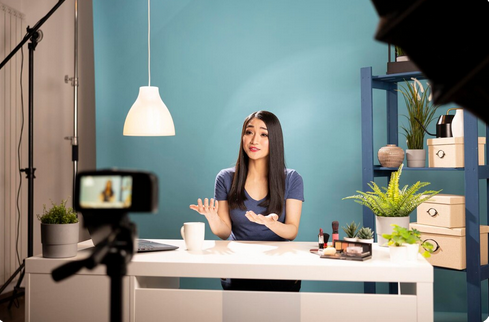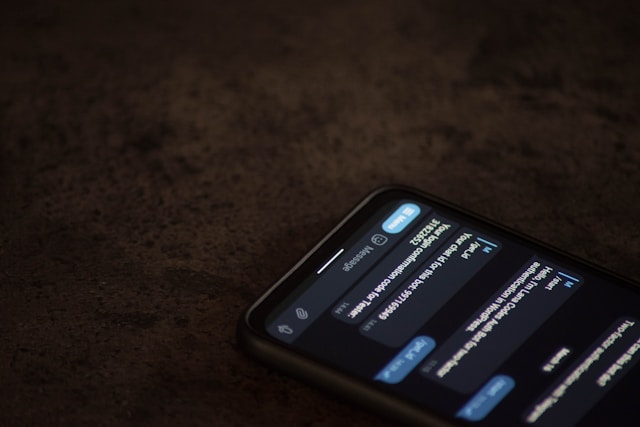Understanding the Facebook Algorithm and How Tech Shapes Engagement

The Facebook algorithm has always been a mystery to many users. Yet behind the curtain, it’s a blend of data science, artificial intelligence, and user behavior tracking. Some still chase shortcuts like the top sites to buy Facebook likes, but the bigger story is how the platform’s tech actually controls what people see and how they interact with content. At its core, the algorithm is a recommendation engine. It decides who gets visibility and who slips into digital silence. To understand it is to understand how Facebook decides whose voice carries further in the online crowd. Here’s everything you need to know about the Facebook algorithm and what it means for content creators.
Artificial Intelligence at the Core
Artificial intelligence has become the backbone of Facebook’s engagement engine. Machine learning models analyze billions of interactions every day, sorting through likes, comments, and shares to predict what content a user might enjoy. The faster these systems learn, the more addictive the feed becomes. AI isn’t just guessing anymore. It looks at patterns like how long someone hovers over a post or how quickly they scroll past. These details give the system a sharper sense of interest, turning every tiny action into valuable data.
The Role of Personalization
Personalization drives user retention on the platform. Every feed is different, shaped by previous activity, group memberships, and even private messages. What one person sees as a trending meme might never show up for another. This hyper-individualized experience is where technology flexes its strength. Facebook engineers constantly refine how the system balances relevance with variety, trying to keep users entertained without making feeds feel repetitive. The trick is making people feel like the platform reads their mind, even though it’s just reading their habits.
Video and Live Content Priority

Video content has been on the rise for years, but live streaming holds special weight in the algorithm. Facebook gives live sessions extra visibility, partly because they keep viewers engaged longer. The interaction—comments, reactions, real-time chats—adds to the value score that boosts reach. The technology behind live prioritization isn’t just about pushing streams higher. It’s also about stabilizing video quality, handling massive viewer spikes, and ensuring low-latency interactions. For creators, this means that going live often is a surefire way to climb the ranking ladder.
User Feedback Loops
What people say about content also shapes how far it travels. Facebook now includes surveys and quiet signals like “show fewer posts like this” as part of its scoring system. These direct and indirect cues teach the algorithm what to reward and what to bury. But feedback loops cut both ways. A single wave of negative signals can tank the visibility of a page, even if the content is otherwise solid. This is why creators often pay close attention to tone, timing, and consistency, knowing the system is always watching.
The Facebook algorithm in 2025 is less about guesswork and more about tech precision. AI, personalization, video prioritization, and user feedback combine to build a system that constantly adapts to human behavior. For creators and brands, mastering the algorithm means understanding how the technology makes its choices—and then playing smart within its rules.










